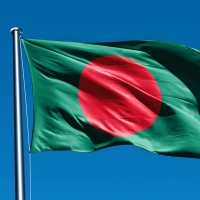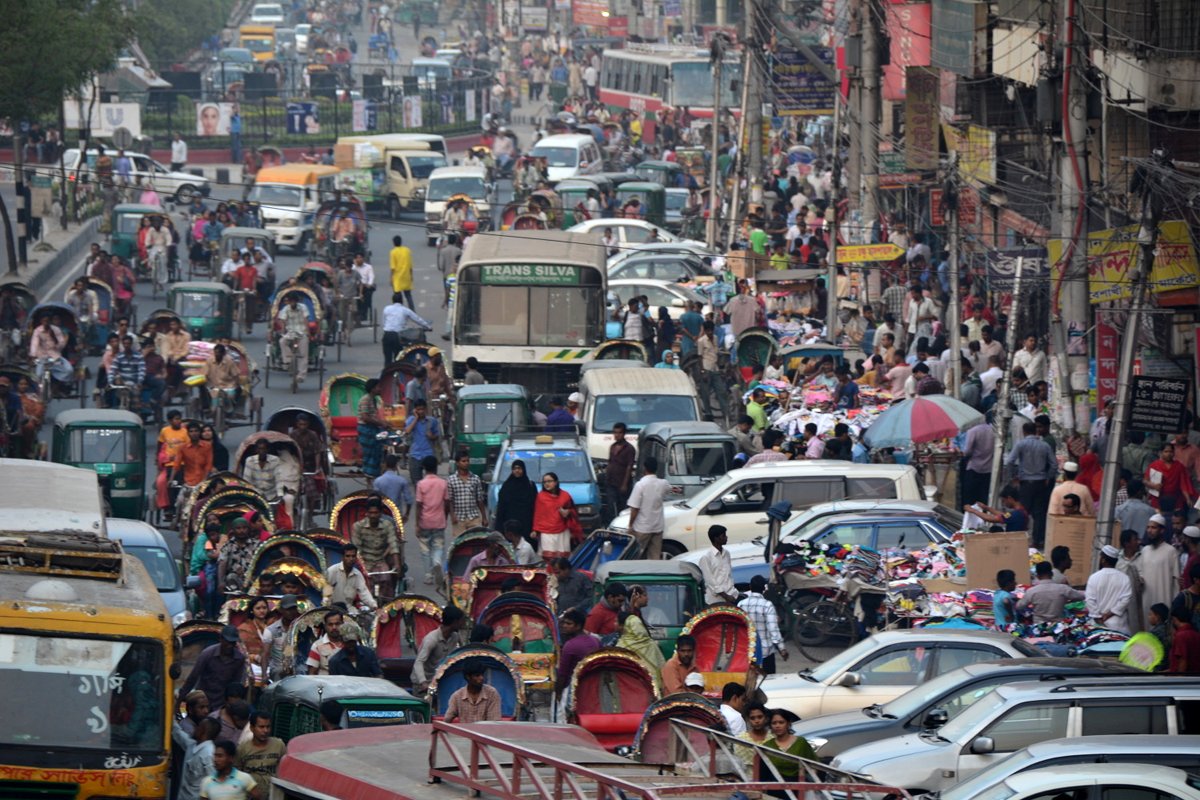Protests and government change in Bangladesh

Student protests in July grew into a broader anti-government movement that led to political unrest across the country in August. Initial demands for the abolition of employment quotas in the civil service quickly turned into protests against the government of Prime Minister Sheikh Hasina Wajid, which faced growing opposition. The protests led to violent clashes between demonstrators and the army and police, claiming more than 400 lives.
On 5 August, Prime Minister Wajid resigned and left the country. Parliament was then dissolved, paving the way for the formation of an interim government led by economist and Nobel Peace Prize winner Muhammad Yunus (84). The new government's main tasks will be to restore order in the country, fight corruption and prepare Bangladesh for democratic elections. The government is introducing reforms to stabilise the political situation and ensure the rule of law.
Schools and educational institutions were briefly closed as a result of the unrest. Curfews were gradually lifted and internet access was restored, helping to normalise daily life.
The Chalantika Educational Centre is functioning and children are safe. Dhaka, Illustrative Photo
Dhaka, Illustrative Photo



